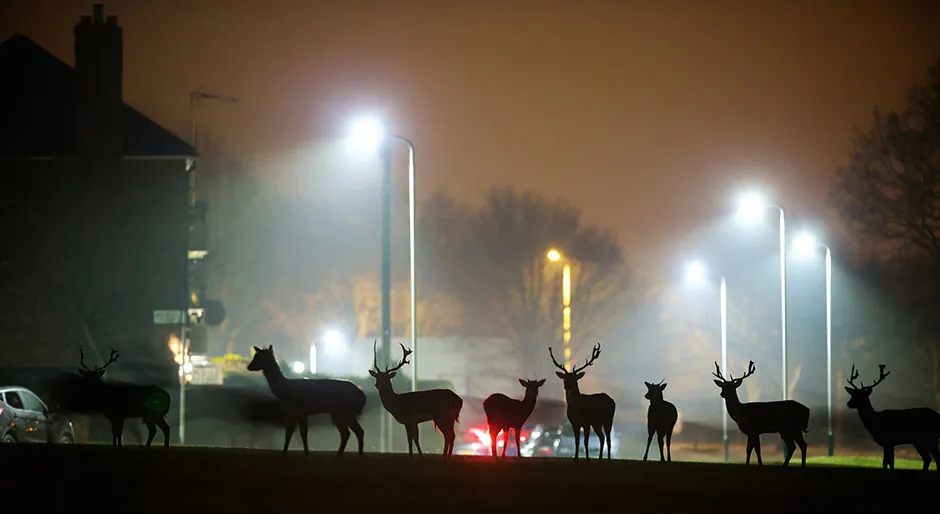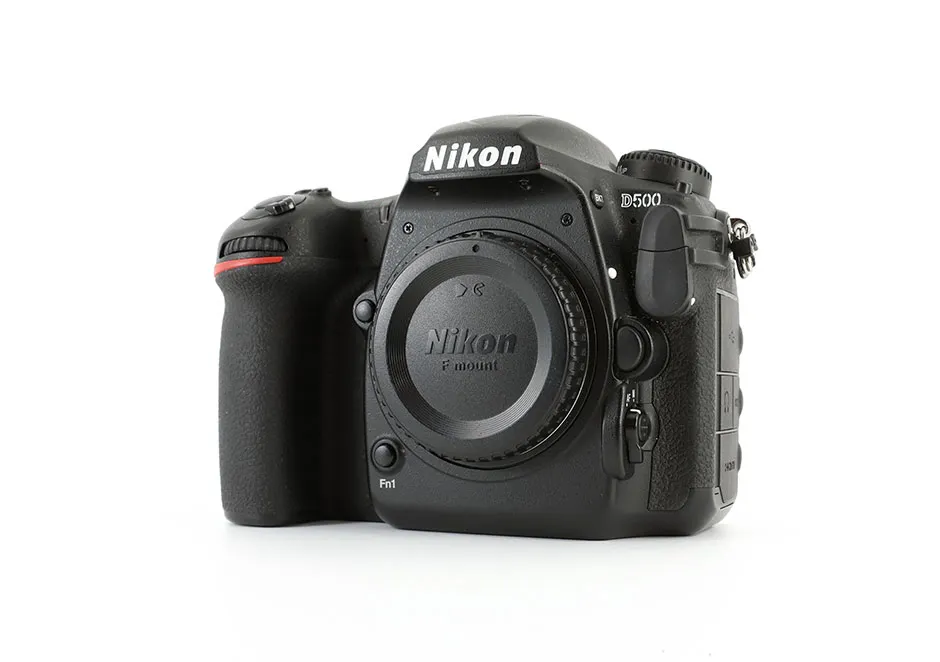1
Go on a nature stakeout
Animals make rewarding subjects for photography but are uncooperative models. To create great images, it pays to learn their habits. Observation will tell you which flowers attract the most bees, which perches are most popular among birds, and which ponds are frequented by frogs, allowing you to set up your camera at a site you know has a good chance of success. Some animals are crepuscular or nocturnal, so it is worth visiting the same spots at different times of day to discover what is about.
Consider using trail cams to keep a record of wildlife movements. If you have a path you suspect an animal is using, set your camera trap at a 45° angle to avoid triggering it too early, before the animal is big enough in the frame; or too late, capturing a tip of anonymous tail.
2
Become a part of the landscape
Any animal is liable to be spooked if approached by a person, spoiling not only the chance for a great photograph, but also the likelihood of them returning to the same spot again. It’s better to choose your location, compose your shot, and wait for the wildlife to come to you.
Urban animals are more habituated to humans than their rural counterparts, and will likely ignore you if you stay still for long enough. Some species, such as foxes, are naturally inquisitive and might even reward your patience by coming to investigate your camera. A wide-angle lens in a low position works best for this kind of intimate shot. Improve your chances further by investing in a remote trigger, and free yourself to sip coffee from the sidelines while you wait. A car makes an excellent (and comfortable!) urban hide.
3
Focus on one species
Choosing one species to focus on is a great way to push yourself. Exploring different styles and techniques will create a more exciting collection of images that paints a fuller portrait of your subject. Pick a species that is accessible in your local patch, even if it is not the most glamorous of creatures. Remember, you’re looking to create great images, not bad images of great animals.
Getting to know one species well will improve your fieldcraft skills, and telling its story will naturally suggest different images to try. Experiment with fast shutter speeds for a crisp action shot, or slower ones to create movement and depth. Play with scale, using macro imagery to explore texture, and wider compositions to show context. A long lens can open up other opportunities, such as photographing the increasing population of urban peregrines.

4
Don’t be a fairweather photographer
Shooting in the middle of the day while the light is bright is pleasant, but rarely produces the best images. Try getting up early, when there are fewer people around and the wildlife is bolder. Counteract low light levels by using a fast lens with a wide aperture of f4 or lower.
Getting out after dark brings other rewards. Many animals are more active at night, and newer cameras with high ISOs are making night photography more accessible than ever. Try using long exposures to enhance city lights, and an off-camera flash to highlight your subject. Even urban animals accustomed to noise and lights will be spooked by the combination of a bright flash and loud shutter, so keep your flash low and your ISO high. You could also consider opting for a mirrorless camera, to avoid the noisy ‘clunk’ of a DSLR.
Even the wet weather shouldn’t keep you indoors. See puddles and rain as opportunities to get creative with reflection and texture, as well as documenting behaviours you wouldn’t see on a dry day.
5
Use your urban setting
In wildlife photography, it can be tempting to create images that crop out the city, creating an illusion of a wilderness that’s untouched by humans. By going down this route you’re in danger of editing the story out of your image, creating a shot that looks identical to thousands of others. Instead, try incorporating signage and street furniture into your images. Pointing your lens down a street can create interesting lines and bring distance into a crowded setting, while getting up on a bridge or tall building offers a totally different perspective.
If your composition is looking too busy, a shallow depth of field can de-clutter your image while retaining an urban atmosphere.
- Find out more at MPB.com
Get started

MPB is the world’s largest online platform for used photography and videography equipment. Each piece of kit is inspected carefully and comes with a six-month warranty. Here are some example setups:
- EOS 7D II camera (£674, good condition); EF 100-400mm f/4.5-5.6 L IS USM lens (£694, good condition); EF-S 60mm f/2.8 USM Macro lens (£279, excellent condition)A snip over £1,600, this is a budget-friendly Canon setup. The EOS 7D Mark II camera means you’ll always be able to capture the subject with clarity.
- D500 camera (£1,009, excellent condition); AF-S 200-500mm f/5.6E ED VR lens (£1,029, excellent condition); AF-S 105mm f/2.8G IF-ED VR Micro lens (£439, good condition)Stepping up in price at just under £2,500, this versatile used Nikon setup centres around the D500: a 21MP APS-C DSLR capable of shooting at up to 10 frames per second.
- Alpha A9 camera (£2,179, excellent condition); FE 70-200mm f/2.8 GM OSS lens (£1,809, like new); FE 90mm f/2.8 Macro G OSS lens (£744, like new)This premium Sony setup won’t leave much change from £5,000 but offers exceptional quality via a high-end mirrorless camera.
Prices correct at MPB.com at time of publishing
